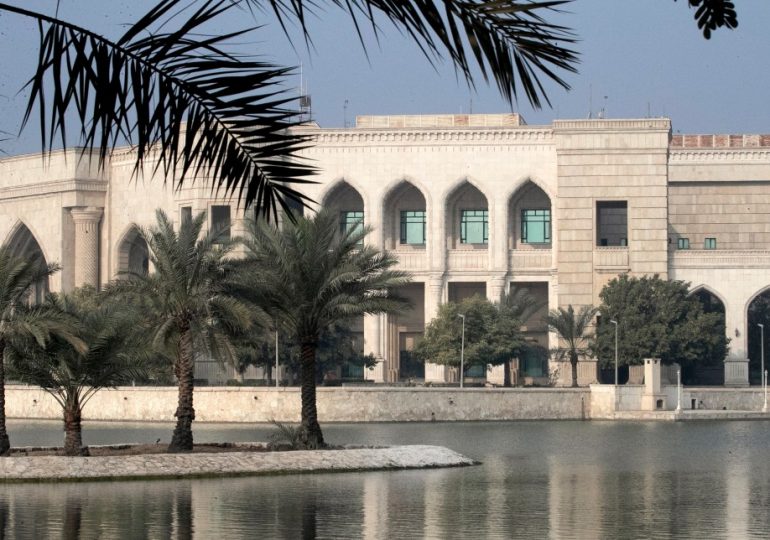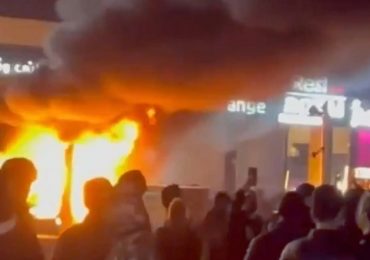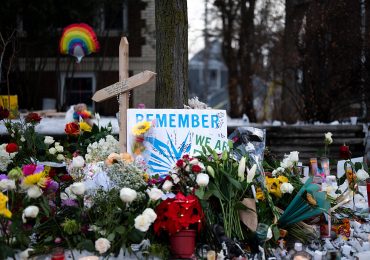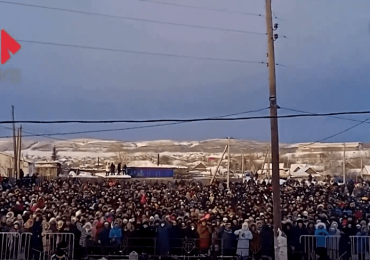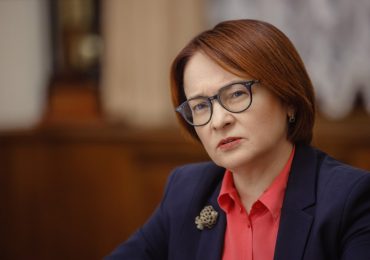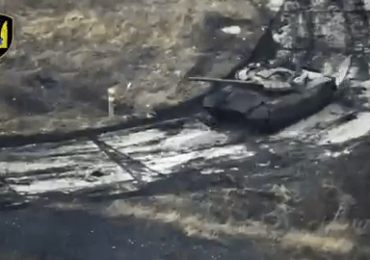THE painful legacy of one of the world’s most bloodthirsty tyrants lives on through over 100 of his crumbling palaces and villas.
After oppressing Iraq for three hideous decades – Saddam Hussein’s blood-stained empire of greed and decadence has been left untouched for decades after the chaos of war.
One of the Iraqi dictator’s estates boasted over 30 mini palaces
AFP – GettyThe properties are now shells of their former splendour[/caption]
Getty Images – GettyThe famed Babylon Palace built on the ruins of a village Saddam bulldozed to make room for his new monstrous home[/caption]
Saddam was the barbaric president of Iraq from 1979 until 2003 when the US and the UK invaded.
He was dragged out of a hiding hole, put on trial for crimes against humanity and sentenced to death in November 2006.
Gassing his own population, sending opponents to their death live on TV and a serial rapist, psychopathic son who tortured the national team’s footballers were all part of his twisted world.
And plenty of the terror committed by the so-called “Beast of Baghdad” took place within the high walls of his lavish and closely guarded estates.
Seventeen years on, the power and wealth he once wielded is laid bare inside both the well-preserved properties and the rubble of others scattered all across Iraq.
He appeared to have a penchant for murals of himself, marble staircases, ornate ceiling decorations, frighteningly heavy gates and rooms with a view.
He threw lavish parties inside the opulent estates, often getting his guards to abducting girls off the street, dress them up and make them dance.
His ridiculous property empire is a fitting reminder of his ultimate demise – a delusional man who thought he could live like a king as he battered and tormented his starving country.
One palace was decorated from top-to-toe in the style of Arabian nights, complete with erotic murals and his own private torture chamber.
The most luxurious of all was the Presidential Palace, where no expense was spared.
The entire place was coated in marble flown in from Italy, bathrooms were made from gold and each wing had its own swimming pool.
It was part of a far larger estate northwest of Baghdad on the Tigris river – known as the “city of palaces” after Saddam built over 30 villas.
And close to the ancient ruins of Bayblon, a golden-walled castle has an almost panoramic view of the river, with endless hallways of gigantic stately rooms.
It sits over the bones of the village of Qawarish, which was bulldozed so the murderous madman could enjoy the perfect view.
Now, the palace at Babylon has been reclaimed by the public, but marks of Saddam are still littered all around.
The iron-first ruler’s initials are carved into its stone walls alongside prayers for him.
One says: “In the reign of the victorious Saddam Hussein, the president of the Republic, may God keep him, the guardian of the great Iraq and the renovator of its renaissance and the builder of its great civilisation, the rebuilding of the great city of Babylon was done in 1987.”
It’s even said that Saddam only visited some of the palaces he had built only once or twice.
Even in the monstrous, now splendour-less homes filled with shattered windows, looted halls and graffiti-covered walls – the ghosts of Saddam are present.
Others still haunt hilltops and cast shadows over cities.
In the turmoil of war, many were damaged in fighting or used as bases by US and other foreign forces.
Others that escaped the violence are still falling apart having been looted and ignored for decades.
His entire property empire belongs to the Iraqi government – but people are conflicted over whether to restore the palaces or allow them to fall into further ruin.
One palace has been repurposed as a museum for ancient artefacts, while others have been left as is and opened to the public to explore their past history.
Iraqis who grew up during the carnage of Saddam’s reign or the US occupation have been recently reclaiming the palaces as their own playgrounds.
“It’s surreal,” a 22-year-old called Hakim told Al Jazeera, as he visited the Babylon castle in March with a crowd of others.
“You don’t need security or bodyguards to escort you to a place that used to belong to Saddam, and I think that’s amazing.”
Another young Iraqi told the outlet: “When I enter the palace, I can just imagine that guy [Saddam] sipping his coffee here.”
“He would probably be waving his weapons around, too,” he joked.
Getty Images – GettySeventeen years on and most of the palaces are in ruins[/caption]
ReutersMany were destroyed by the turmoil of war[/caption]
ReutersSaddam’s ornate castles are scattered across war-ravaged Iraq[/caption]
ReutersOne palace was targeted by UK and coalition forces after the Islamic State was believed to be using as a training ground[/caption]
Ceiling of the Babylon Palace with a mural of the landmarks of Iraq
2009 Getty ImagesIraqis stand inside a marbled room, where Saddam supposedly once slept[/caption]
Saddam spent billions constructing over 100 palaces while his country starved
2023 Kaveh KazemiAll of the palaces were looted after the US invaded in 2003[/caption]
Getty – ContributorThe Iraqi government now owns all the palaces and is struggling to decide what to do with such a haunted collection[/caption]
Leave a comment
